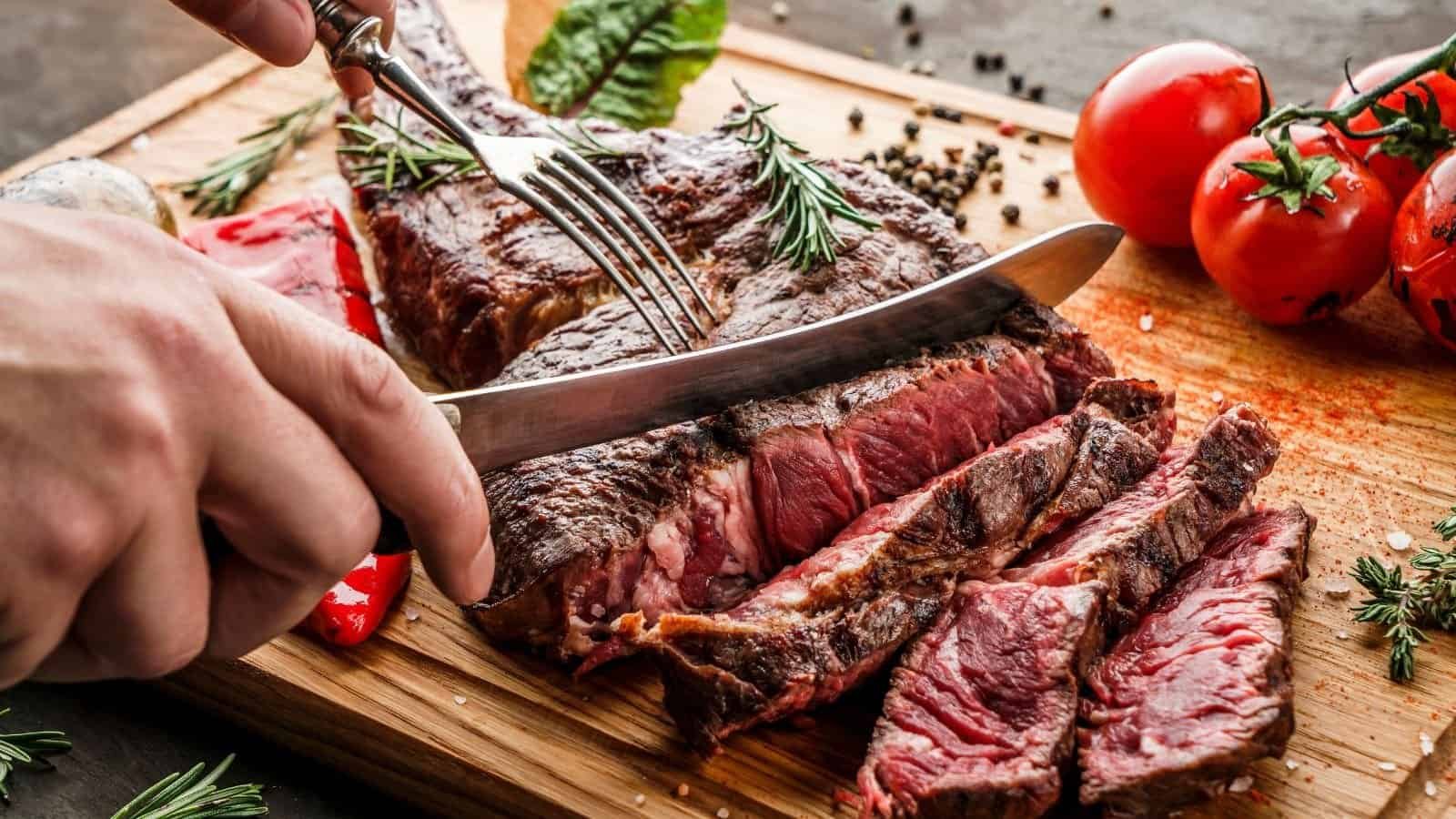Sitting in a fine dining restaurant savoring morsel after morsel of delicately prepared food and slowly sipping a glass of expensive red wine, one never really thinks about the origins of the foods on one’s plate. Where did it come from? Who were the early consumers of the dish? It will come as a rude shock to some if they come to know the origins of the expensive foods that they eat at high-end restaurants.
Read on to learn about 12 poor people’s foods that are actually tasty.
Lobsters

Lobsters, considered a delicacy, were once a poor man’s food during the colonial era. Lobsters aren’t visually appealing—let’s accept that—no wonder people were averse to eating them. Initially, lobsters were given to the poor, slaves, and prisoners. In some states, laws had to be passed on the number of times a week lobster could be served to prisoners, as it was considered cruel and inhuman to eat lobsters. Farmers also used lobsters as fertilizers and fishermen as bait food.
Sushi

One of the most luxurious foods today, sushi was once a staple of poor Japanese fishermen. Sushi was originally invented to preserve fish by covering it in fermented rice. Over time, people started using vinegar or sake instead of fermented rice and began making smaller pieces to consume. It was only after World War II that the popularity of sushi skyrocketed, and people worldwide were impressed with its umami flavors.
Foie Gras

Foie gras, a French delicacy, consists of creamy, delicious, pureed, fatty goose liver. It is considered the penultimate luxury food served in upscale restaurants but doesn’t have haloed beginnings. Foie gras started as poor man’s food in ancient Egypt when unwanted goose parts were given to slaves. It appeared on the plates of the rich and aristocrats only when the Romans tried and loved it.
Caviar

Caviar is a food that only the rich can afford, as an ounce of the most expensive caviar can set you back by a few hundred dollars. However, a couple of centuries ago, it was so commonplace in Russia that they would give it away for free in sandwiches in bars. As caviar is salty, the sandwiches would make bar patrons thirsty, thus shooting up sales. Once a by-catch waste and something to be mixed with porridge by poor Russian fishermen, caviar found fame only when Russian czars developed a taste for it.
Chicken Wings

As difficult as it is to imagine, chicken wings were once thrown away as scraps or used in broth, as they were considered far less valuable than the leg and the breast. In the 1960s, some restaurateurs in Buffalo, NY, saw an opportunity to sell cheap snacks to their bar patrons, and as they say, the rest is history.
Mushrooms

Once consumed by people from the lowest rungs of society who would forage them in the forests to satiate hunger, mushrooms are now served in five-star restaurants around the globe. The elite might have avoided them because some mushrooms were poisonous, and people took ill often. However, with proper knowledge of mushrooms and the way of cooking them, mushrooms started gaining prominence and popularity the world over.
Polenta

Polenta, a cornmeal dish, originated in Italy, where it was considered cucina povera (food of the poor). At that time, it was not necessarily made from maize; it could be made from any pulse or grain cooked into a porridge. Celebrity chefs made polenta famous by adding their secret ingredients and using their cooking skills to bring it to fine dining.
Paella

A classy saffron-infused rice delicacy from Spain’s Valencia region is considered an authentic culinary experience in Spanish restaurants across the world; however, it was originally eaten in the rice-growing areas of the Mediterranean coast by field workers. Paella takes its name from paellera, the large pan in which the dish was cooked, and the workers ate it out of the pan. The original dish was made of rice and anything they could throw in – fish, vegetables, snails, duck, and rabbit. Over time, expensive shellfish, meat, and saffron were introduced to the dish.
Escargot

Escargot in garlic parsley butter is a French delicacy, but throughout history, snails have been considered poor man’s food. Romans ate snails, and even Julius Caesar ate snails and introduced them to France when he was fighting the Gauls. However, in the Middle Ages, snails were food for the grubby poor people. Only when French cuisine started getting recognition as ‘the mother cuisine’ did chefs begin introducing snails or escargots into the mainstream, and they are now served in fine dining.
Oysters

Oysters were so common that dirt-poor people would go to the sea to get them if they didn’t have enough food at night. Pollution of the oceans diminished the supply of oysters, leading to soaring prices. As the prices increased, oysters’ reputation changed from a ‘poor man’s food’ to a ‘rich man’s delicacy.’
Peanut Butter

Peanut was once blacklisted, assuming that all it provides is fat. Peanuts are rich in protein and antioxidants like vitamin E and magnesium. Due to its nutritional profile and economical price, peanuts were called poor man’s almonds. Once considered fit only for people with low incomes and livestock in North America, it is only in recent years that peanut butter became appreciated as an omnipresent American kitchen ingredient.
Brisket

Brisket is a cheap, tough cut from the steer’s chest that requires long cooking and is ideally suited to be served from a roadside street cart. No wonder it was called poor man’s food. However, its popularity soared, and it has now made significant inroads into fast-food dining.
